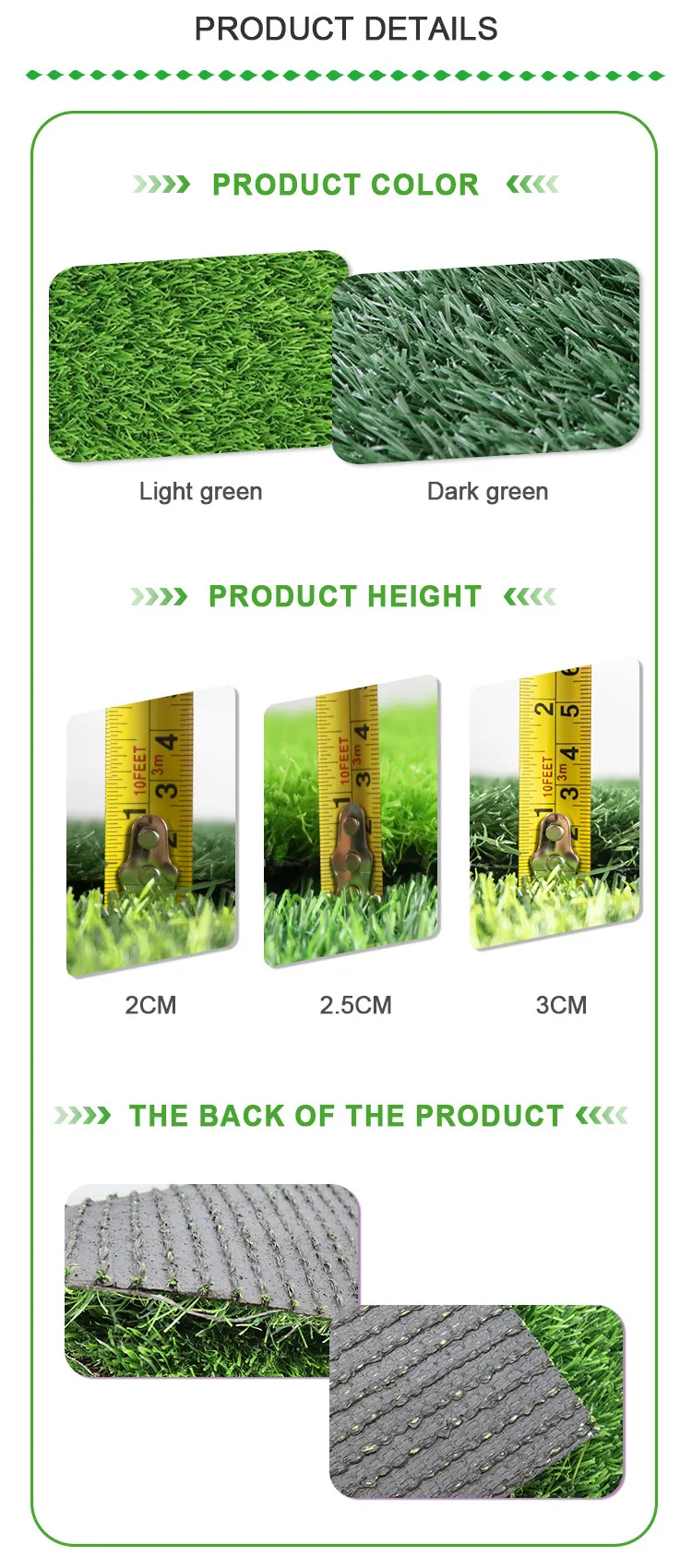
- Afrikaans
- Arabic
- Belarusian
- Bengali
- Czech
- Danish
- Dutch
- English
- Esperanto
- Estonian
- Finnish
- French
- German
- Greek
- Hindi
- Hungarian
- Icelandic
- Indonesian
- irish
- Italian
- Japanese
- kazakh
- Rwandese
- Korean
- Kyrgyz
- Lao
- Latin
- Latvian
- Malay
- Mongolian
- Myanmar
- Norwegian
- Persian
- Polish
- Portuguese
- Romanian
- Russian
- Serbian
- Spanish
- Swedish
- Tagalog
- Tajik
- Thai
- Turkish
- Turkmen
- Ukrainian
- Urdu
- Uighur
- Uzbek
- Vietnamese
playing soccer on artificial turf
Dec . 21, 2024 21:15 Back to list
Playing Soccer on Artificial Turf Pros and Cons
Soccer is a sport loved by millions around the globe, and the playing surface can significantly impact the game experience. Artificial turf, commonly found in urban areas and professional sports venues, has become a popular alternative to natural grass. While the use of artificial turf has its advantages, it also comes with a set of challenges that players, coaches, and sports organizations must consider.
Advantages of Artificial Turf
One of the most significant benefits of artificial turf is its durability. Unlike natural grass, which can become worn and damaged due to heavy use or adverse weather conditions, artificial turf can withstand intense play without losing its integrity. This durability means that fields can be used year-round, ensuring that players have consistent access to quality playing surfaces regardless of the season.
Artificial turf also requires less maintenance than natural grass. Traditional grass fields need regular mowing, watering, and fertilization, which can be time-consuming and costly. In contrast, artificial turf needs minimal upkeep, allowing sports organizations to allocate their resources more efficiently. This aspect is particularly advantageous for community sports programs with limited budgets.
Another advantage is the consistent playing surface that artificial turf offers. Grass can become uneven due to wear, weather, or poor agricultural practices, which can lead to an inconsistent game experience. Artificial turf, however, provides a flat and even surface, reducing the risk of erratic bounces and enhancing the overall quality of play. This consistency can be particularly beneficial for training sessions and competitive matches.
Disadvantages of Artificial Turf
playing soccer on artificial turf

Despite its numerous advantages, artificial turf is not without its drawbacks. One of the most commonly cited concerns is the potential for increased injury risk. Studies have shown that players may suffer from a higher incidence of certain injuries, such as ankle sprains and knee injuries, when playing on artificial surfaces. The hard nature of these fields, coupled with the compacted infill materials, can lead to a greater impact on athletes’ joints.
Another issue is the temperature of artificial turf. These surfaces can get significantly hotter than natural grass, especially in direct sunlight. This heat can lead to player discomfort and may pose risks for heat-related illnesses during summer months. The heat can also affect game strategies, as players may fatigue more quickly on hotter surfaces.
Furthermore, players often contend with the feel of artificial turf. While many modern surfaces are designed to mimic the texture and playability of natural grass, some players still report a preference for grass underfoot. The sensation of playing on synthetic fibers can be different, affecting players’ control and feel for the ball during a match.
Environmental Considerations
Another contentious issue surrounding artificial turf is its environmental impact. The production and installation of synthetic grass involve materials that are not biodegradable and can contribute to waste issues over time. Additionally, the infill used in many artificial fields, often made from recycled rubber tires, raises concerns regarding chemical leaching and potential health risks for players. While efforts are being made to develop more sustainable alternatives, the environmental footprint of existing artificial turf systems remains a topic of debate.
Conclusion
In conclusion, playing soccer on artificial turf presents both advantages and disadvantages. On one hand, the durability, low maintenance requirements, and consistent playing surface make it an appealing choice for many teams and organizations. On the other hand, concerns about player safety, temperature, personal preference, and environmental impact cannot be ignored. As the popularity of artificial turf continues to grow, it is essential for players, coaches, and administrators to weigh these factors carefully and make informed decisions about the playing surfaces for their teams. Ultimately, the goal should be to ensure the safety and enjoyment of the game while considering the long-term effects on players and the environment.
-
The Benefits of Artificial Turf for Indoors
NewsJul.15,2025
-
How Artificial Grass Suppliers Ensure Quality Products
NewsJul.15,2025
-
Artificial Grass and Pets: A Space for Relaxation
NewsJul.08,2025
-
Balcony & Outdoor Decoration with Artificial Grass
NewsJul.08,2025
-
Best Indoor Artificial Grass for Home
NewsJul.07,2025
-
Best Pet Turf for Dogs: Safe & Durable Artificial Grass Options
NewsJul.07,2025
Products categories









